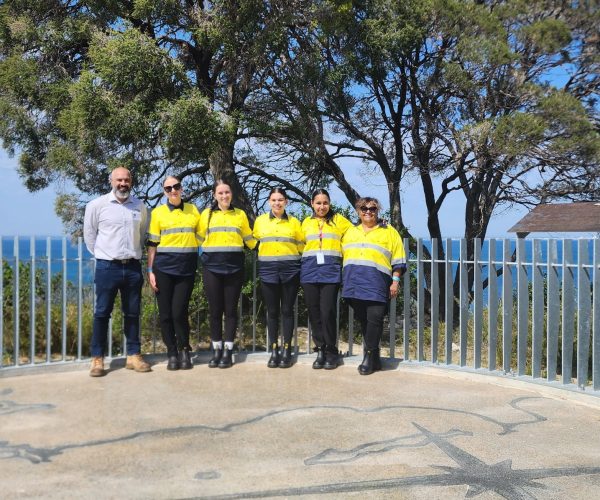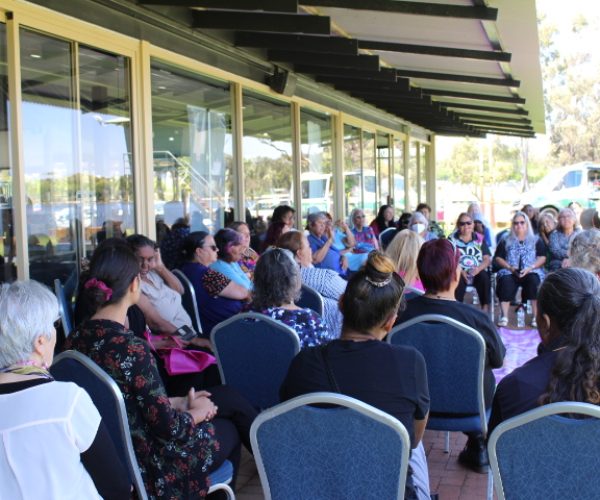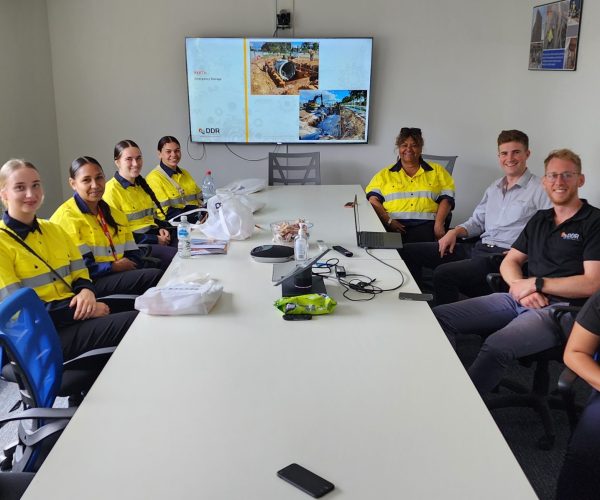This critical mask testing facility project has seen DDR put its considerable management and coordination skills to work.
The backstory
Not long ago, DDR Australia was awarded one of its most significant – in terms of both value and reach – Defence projects to date. The company was appointed head contractor in design-and-construct project no. J0090 – Land 2110 Phase 1B ADF Chemical, Biological, Radiological and Nuclear Defence (CBRND) Capability Facilities, to take place on 14 bases across the country.
The project aims to improve Defence’s CBRND capability and preparedness through the provision of facilities for training and storage of the capability equipment.
What is Defence’s CBRND capability?
So what is Defence’s CBRND capability? To sum it up, its purpose is to protect personnel from the strategic, tactical and physiological impacts of exposure to toxic industrial materials (TIMs) and both existent and emerging chemical, biological, radiological and nuclear (CBRN) threats.
Scope of works
The works are currently underway and can be broken down into the following three elements:
- New MTFs – The design and construction of new MTFs to include the following:
- Enclosed building
- Undercover outdoor shelter
- Other supporting infrastructure
- Refurbished MTFs – The design and construction of upgrades and refurbishments to existing facilities
- ILP storage solutions – The design and construction of hardstand areas, lighting and fencing for storage
Fast Facts
- Seven new MTFs are to be constructed
- Three MTFs are to be refurbished
- As part of the project’s integrated logistics plan (ILP), storage solutions will be implemented at 11 bases
- Find out more at www.defence.gov.au
From design to delivery
DDR offers a full design-and construct service, which means clients can leave their entire project to just one contractor. Benefits of this start-to-finish service include streamlined processes and effective quality control.
DDR: Up for a challenge
The design process for this project posed a number of challenges but none that DDR was afraid to tackle front-on. Essentially, J0090 consists of 14 smaller projects – 14 different buildings to be custom-designed for 14 different sites, which means liaising with 14 different stakeholders. As a result, DDR worked hard to build solid relationships with Defence personnel at each of the bases.
Following the initial briefing, DDR appointed design consultants and successfully managed the design process from the one location – DDR’s offices in Perth, Western Australia. During this initial stage of the project, DDR’s main deliverable was a final design report incorporating detailed design documentation, such as drawings, schedules and specifications.
Throughout the process, design output was regularly reviewed by Defence, and DDR has been in constant contact with the Department’s Capital Facilities & Infrastructure branch, as well as stakeholders at each of the bases.









